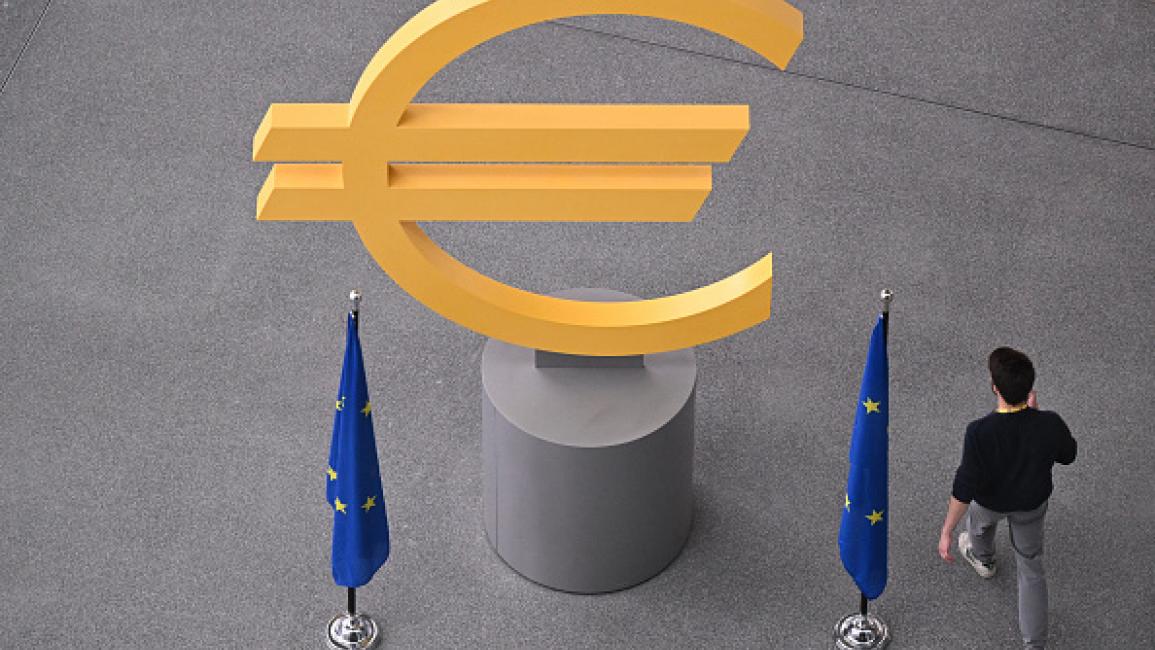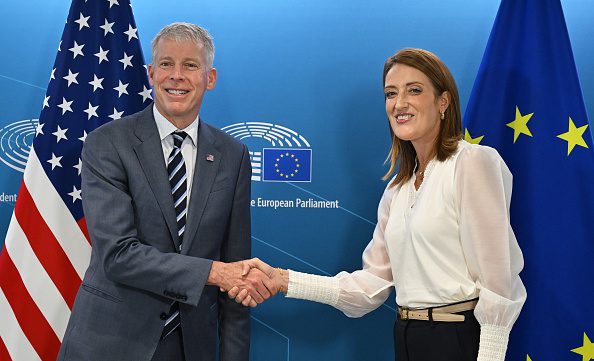
The global economy in 2025 faces a delicate balance. With growth slowing in the United States and Europe, while inflation remains stubbornly high, investors are increasingly concerned about the possibility of stagflation on the horizon. This rare combination of stagnant economic growth and rising prices creates a complex environment for policymakers, financial institutions, and individual investors alike.
Understanding Stagflation
Stagflation occurs when an economy experiences sluggish growth while inflation continues to rise. Unlike typical inflationary periods, where growth can offset price increases, stagflation leaves households and businesses facing higher costs without increased earnings. Historically, periods of stagflation have been associated with sharp declines in investor confidence and market instability.
In 2025, both the U.S. and European markets show signs of this challenging scenario. Supply chain disruptions, rising energy costs, and geopolitical tensions contribute to slow growth, while persistent inflation pressures remain. Investors are now carefully analyzing central bank policies to gauge how they can protect portfolios from potential losses.
The Role of the U.S. Dollar
The U.S. dollar remains the backbone of international finance, but it is not immune to stagflation risks. Some economists argue that the central bank digital currency race may influence the dollar’s stability. If the U.S. fails to modernize its currency system, global trust in the dollar could waver, especially in volatile economic conditions.
Furthermore, AI-driven trading systems, as artificial intelligence invades Wall Street, amplify market reactions to economic data. Even minor inflation surprises can trigger rapid market movements, increasing the perceived risk of stagflation.
European Markets and Inflation Concerns
Europe faces similar challenges. The European Central Bank must navigate slowing growth while maintaining control over inflation. This balancing act is particularly difficult as governments invest heavily in green energy and massive investments, which, while necessary for long-term sustainability, can temporarily increase costs and pressure supply chains.
The euro’s role in global finance also means that European policies have international implications. Investors around the world are closely monitoring whether Europe can maintain economic stability without triggering a deeper stagflationary spiral.
How Investors Can Navigate Stagflation
Stagflation requires a different investment strategy than typical market conditions. Traditional equities may underperform, while bonds could lose value due to rising interest rates. Experts suggest diversifying portfolios across multiple asset classes, including commodities, real estate, and sustainable investments.
Green energy investments, in particular, may offer both growth potential and inflation protection. By integrating sustainable strategies, investors can hedge against traditional market risks while aligning with long-term economic trends. Additionally, AI-driven analysis can help identify emerging opportunities and risks more quickly than traditional methods.
The Impact of AI and Technology
Technology continues to shape investment strategies. AI not only informs trading decisions on Wall Street but also helps manage complex portfolios globally. For example, predictive models can assess how inflationary pressures will affect energy, commodities, and currency markets.
The integration of AI with digital currencies also creates new possibilities for managing financial risk. CBDCs may offer transparency and efficiency in transactions, potentially reducing volatility in a stagflationary environment.
Looking Ahead
Investors must remain vigilant in 2025. Stagflation, combined with technological disruption and the global energy transition, creates a challenging landscape. Central banks, governments, and financial institutions must act strategically to maintain confidence and stability.
The future will likely be defined by adaptability. Investors who embrace technology, diversify across asset classes, and consider long-term sustainability strategies will be better equipped to navigate the uncertainties of a stagflationary economy.
Conclusion: Preparing for a Complex Economic Reality
Stagflation represents one of the most difficult scenarios for global finance. In 2025, the U.S. and Europe face economic pressures that test the resilience of both investors and policymakers. By understanding the interplay between inflation, growth, technology, and green investments, stakeholders can make informed decisions to mitigate risks.
The year ahead requires careful planning, strategic diversification, and a keen eye on both traditional and emerging financial instruments. Stagflation may be daunting, but it also offers opportunities for those prepared to adapt to the new economic reality.




